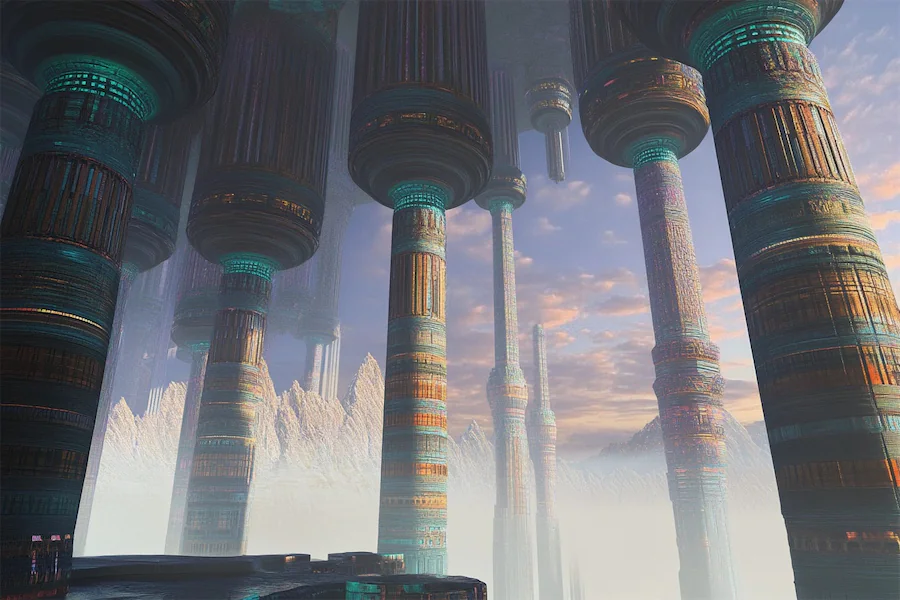Futurist architecture, emerging in the early 20th century, sought to break away from traditional designs, embracing modernity, speed, and technological advancement. Columns, as fundamental structural elements, were reimagined to align with these futuristic ideals.
Introduction to Futurist Columns
In the realm of Futurist architecture, columns transcended their conventional roles, embodying the movement’s emphasis on dynamism and innovation. Architects experimented with forms and materials to create columns that not only provided structural support but also conveyed a sense of motion and progress.
History and Origins of Futurist Columns
The Futurist movement, initiated by Filippo Tommaso Marinetti’s “Manifesto of Futurism” in 1909, extended into architecture with Antonio Sant’Elia’s “Manifesto of Futurist Architecture” in 1914. Sant’Elia criticized traditional architectural elements, including columns, for their historical associations and ornamental excess. He advocated for designs that reflected the industrial age, utilizing modern materials like steel and concrete to create new structural forms.
Key Features of Futurist Columns
Futurist columns are characterized by:
- Dynamic Forms: Moving away from classical symmetry, these columns often feature unconventional shapes, such as hyperboloids, to evoke a sense of movement and fluidity.
- Modern Materials: The use of steel, glass, and reinforced concrete allowed for slender, elongated columns that could support larger spans, contributing to open and flexible interior spaces.
- Integration with Technology: Incorporating elements like lighting and ventilation within the columns themselves, they served multifunctional purposes, aligning with the Futurist celebration of machinery and innovation.
Applications of Futurist Columns
Futurist columns were employed to:
- Support Elevated Structures: Utilizing pilotis, or piers, buildings were raised above ground level, creating open spaces beneath and enhancing the perception of lightness and floating forms.
- Define Interior Spaces: By eliminating traditional load-bearing walls, columns facilitated open-plan designs, allowing for adaptable and fluid interior layouts.
- Express Aesthetic Ideals: Serving as visual focal points, these columns embodied the Futurist ideals of speed and modernity, contributing to the overall dynamic appearance of the structures.
Considerations When Choosing Futurist Columns
When designing or selecting Futurist columns, architects consider:
- Structural Integrity: Ensuring that the innovative forms and materials used can withstand the required loads and stresses.
- Material Properties: Selecting materials that not only achieve the desired aesthetic but also offer durability and ease of maintenance.
- Contextual Harmony: Balancing the futuristic design of the columns with the surrounding environment and architectural context to create a cohesive visual experience.
Conclusion
Futurist columns represent a significant departure from traditional architectural elements, embodying the movement’s quest for innovation and expression of modern life. Through dynamic forms, modern materials, and integration with technology, these columns not only fulfill structural roles but also serve as symbols of the Futurist vision for a new architectural language.
